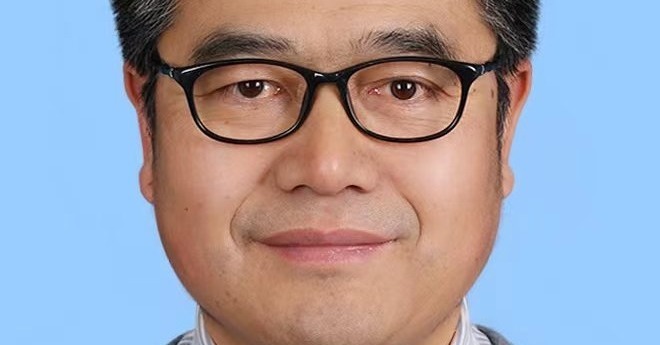Technologies of Thin Films for High-power Laser Systems

High-power laser systems significantly influence solutions for major scientific issues and high-tech industries. Thin films are one of the core components of advanced high-power laser systems. With the development of output power and application scenarios, high-power laser systems have to satisfy increasingly stringent requirements on the damage threshold, optical loss, and capabilities of optical field control for thin-film components of laser systems. In terms of improving the laser damage threshold, we revealed a physical mechanism of "localized strong point", which will induce laser damage on thin films, and established a solution of "field control design method" for manipulating the distribution of standing wave fields by adjusting the film structure. We further proposed a new method for obtaining quantitative damage laws of "localized strong point" using artificial defects, which lays the foundation for a "full-process quantification" approach to control defect preparation in thin films. Regarding optical loss in thin films, we clarified the relationship between optical factors, interface relevance, and film interface scattering. We then proposed engineering strategies of 1) multi-objective optimization techniques for synergistically control optical factors and spectral efficiency, 2) oblique growth for changing interface PSD relevance, 3) ion-activated oxygen technology, nano-composite material technology, and high-temperature annealing technology for reducing film absorption loss, and 4) defect flattening technology for mitigating the absorption and scattering loss. In the aspect of optical field control, we detailed discussed the pros and cons of traditional optical thin films and metasurfaces in controlling the amplitude and phase of electromagnetic waves. A quasi 3D multilayer metasurface structure enhances the non-local energy flow control capability through the efficient coupling of transmission waves and Bloch waves, achieving an efficiency exceeding 99% in anomalous reflection of light frequency for the first time. We elucidated the controllability of the degrees of freedoms of the metasurface structure over the phase difference and phase dispersion of Bragg modes within the structure, and achieve an efficiency exceeding 99% in broadband depolarization perfect Littrow diffraction through topological optimization of the metasurface structure shape. Additionally, we developed a new additive manufacturing method based on atomic layer deposition and etching techniques, avoiding microstructure shape changes and localized hotspots caused by etching, that effectively improves the efficiency and damage threshold of the multilayer film metasurface structure.
Speaker Biography
Prof. Zhanshan Wang (Tongji University, China)
Zhanshan Wang is a professor at Tongji University, China, and received the Changjiang Scholar award of the Ministry of Education of China. He is an SPIE Fellow of the International Society of Optics and Photonics, a member of the technical expert group in the National Key Technologies Research & Development Program of China. As the founder of the Institute of Precision Optical Engineering Technology, his research interests are high-performance thin films, micro- and nano-optics, precise imaging, and X-ray optics with over 300 publications, including Science Advances, and more than 100 authorized patents. He received the 2nd prize of the National Technology Invention Award of China in 2019 and the 1st prize of the Chinese Society of Instrumentation Technology Invention Award in 2021.
